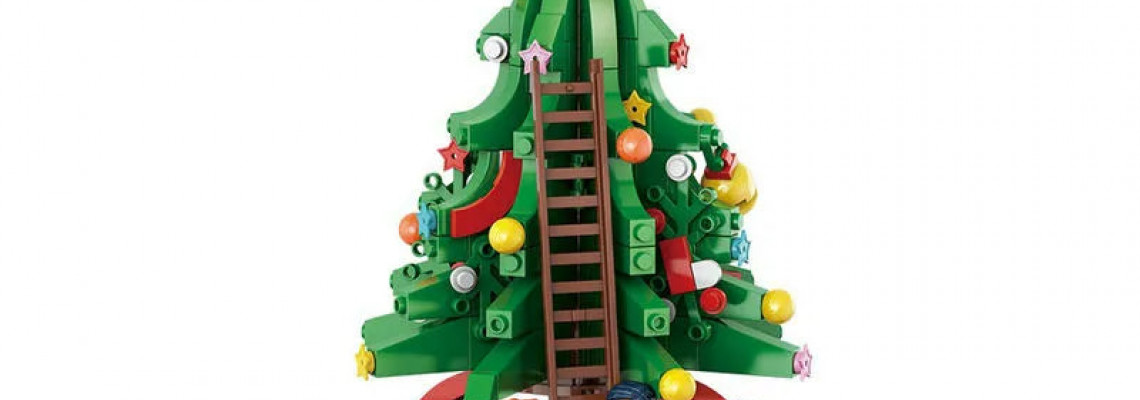30 Ideas for Lego Trees Design

30 Ideas for Lego Trees Design
When creating Lego trees, fans and builders enter a realm where imagination is unrestricted. Building these little arboreal marvels involves more than just piling bricks together. Different styles and approaches add to the richness of these miniature ecosystems, and every Lego tree becomes a unique manifestation of its builder's ideas.
1. Brick Selection: The Foundation of Arboreal Artistry
Brick selection dramatically influences the character of a Lego tree. Although builders frequently experiment with various tints, sizes, and unusual colors to create depth and complexity, traditional green bricks symbolize greenery. To make their trees come to life, builders use a variety of browns, grays, and even unexpected colors on the trunk.
2. Branching Out: Techniques for Realistic Canopies
The skill of Lego tree design comes into its own when a realistic canopy is created. Builders use various strategies to replicate the complex web of branches and leaves present in nature. Methods like the "SNOT" (Studs Not On Top) approach, the use of hinge parts, and the incorporation of foliage features like leaves and blossoms enhance the realism of the tree's form.
3. Size Matters: Scaling Up or Down for Effect
A Lego tree's total impact can be significantly impacted by its size. Builders may use smaller, more detailed models for a micro-scale setting or create imposing, majestic trees that dominate their landscapes. Scale is also necessary when making the foliage. Builders use leaves of varying sizes to create a balanced and realistic appearance.
4. Seasonal Sensations: Adapting Trees to Nature's Rhythms
Seasonal changes are a common source of inspiration for Lego tree designers. Bright flowers could symbolize spring blossoming, and trees with warm-colored foliage could symbolize fall settings. These tiny arboreal constructions get more detail and narrative power when the color scheme and foliage are changed to correspond with the seasons.
5. Integration with Surroundings: Building a Lego Ecosystem
A well-designed Lego tree is part of a broader ecosystem rather than existing alone. To create a unified and immersive experience, enthusiasts consider the entire landscape, adding additional components like rocks, water features, and fauna. This all-encompassing strategy improves the Lego creation's visual narrative.